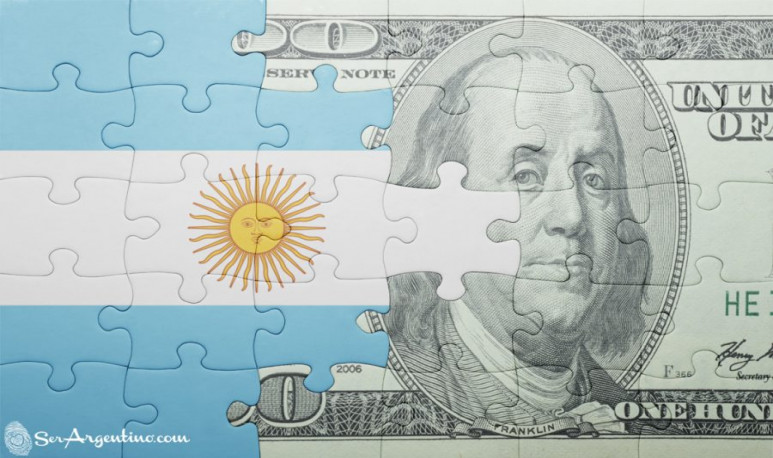RIO DE JANEIRO, BRAZIL – (Reuters) In Monserrat Casanovas’ small grocery store in downtown Buenos Aires, a hand-written sign reads “sale of imported drinks suspended,” highlighting the devaluation fears that are jamming up trade in the South American country.
This is a road that Argentina, no stranger to currency woes, has been down many times before. But it poses one of the biggest challenges yet to the year-old government of center-left President Alberto Fernandez.

Argentina desperately needs to increase trade flows. But they have been hindered by tough capital controls keeping the peso artificially strong, sparking fierce demand for black market dollars and prompting widespread angst about devaluation.
Traders and producers alike, especially the country’s important grains farmers, have been holding off on selling produce, anticipating a new official exchange rate that would make the dollar value of their exports worth more in pesos.
“If you are an importer, you import at the official exchange rate but you don’t know the rate you will get to replace the merchandise,” said Guido Lorenzo, an economist at consultancy LCG, adding this could stoke inflation or hit availability. “The exporter does the same, evaluates whether it is convenient for him to sell or hoard the product.”
That hoarding has seen exports dip since a peak in May, with Argentina’s trade surplus dropping sharply in September and October to around US$600 million, from above US$1.4 billion before.
The country needs dollars from exports to bulk up depleted reserves and ensure it can make future payments after restructuring over US$100 billion in foreign currency debt. It is now facing crunch talks with the International Monetary Fund over US$44 billion it cannot repay.
Exports to China particularly tumbled in recent months, with a large drop in sales of soy beans, indicating farmers in Argentina’s fertile Pampas grasslands are sitting on their crops. That has also hit crushing volumes at the huge processing plants along the country’s Parana river.
Behind the fear of devaluation is a wide gap between the official peso-dollar spot rate and informal currency trades, where greenbacks have cost more than twice the price.
Argentina’s peso was trading at 81.49 per dollar on Wednesday, compared to 154 in the black market and 148 per dollar in the legal but unofficial ‘blue-chip swap’ market. Net reserves meanwhile have dipped near to zero.

